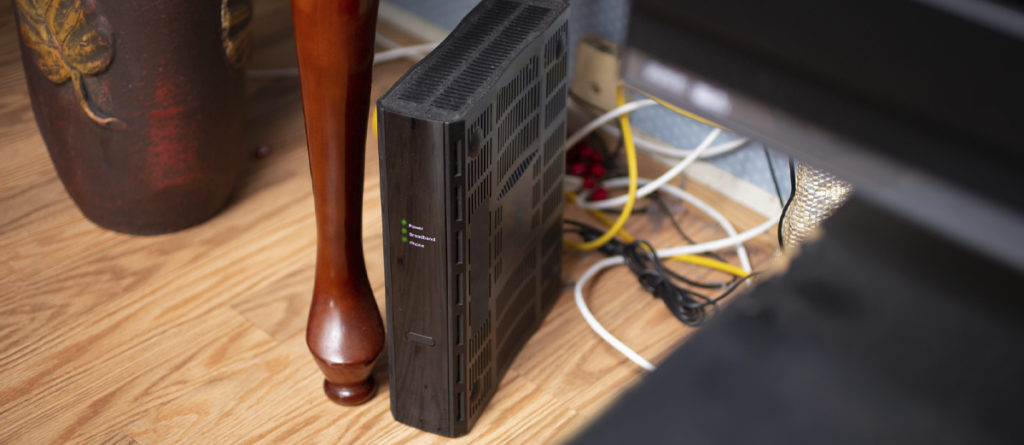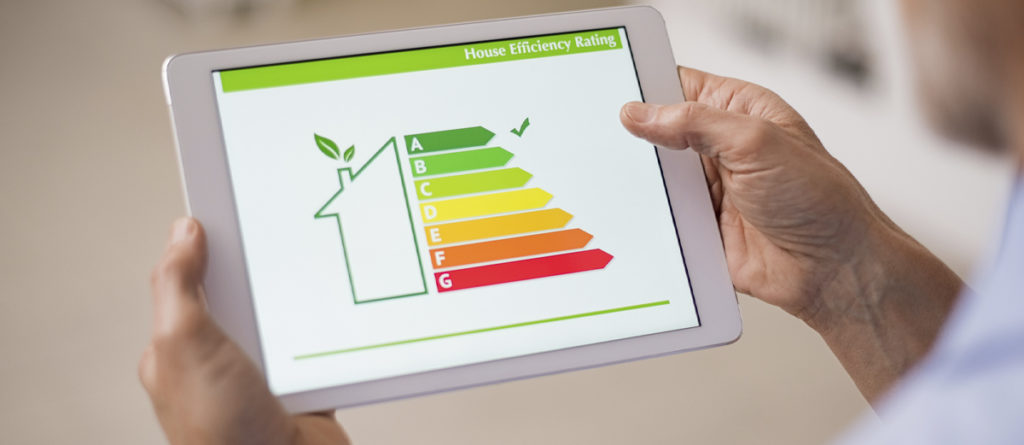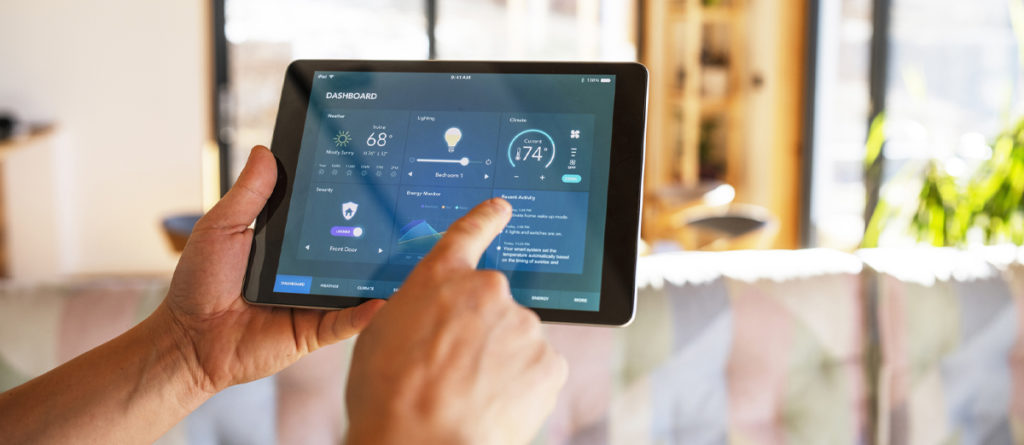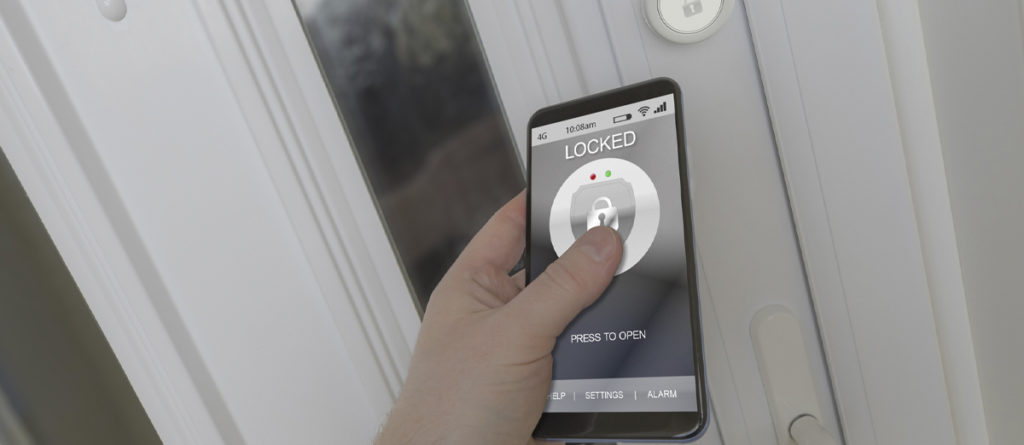Protection From the Elements
If you want your home to stand the test of time, you need to think about more than just security. Environmental factors can also take their toll, so it’s important to invest in weather-proofing, durable materials, and pest control.
Severe weather can cause damage, from broken windows to collapsed roofs. And while you can’t control the weather, you can take steps to protect your home from its worst effects.
Start by making sure your roof is in good condition and that your gutters are clear. You should also have a plan for dealing with flooding, whether sandbagging your property or installing a sump pump.
The wind is another potential problem, especially if you live in an area prone to hurricanes or tornadoes. To fortify your home against high winds, install hurricane shutters or reinforced windows.
You should also ensure that any loose objects around your property are secured, as they can become flying projectiles in a storm. Don’t forget about the little things. Regularly inspecting your home for termites and other pests can save you money and headaches down the road.
If you live in an area with severe winters, investing in a good snow removal system will pay off in the long run.




